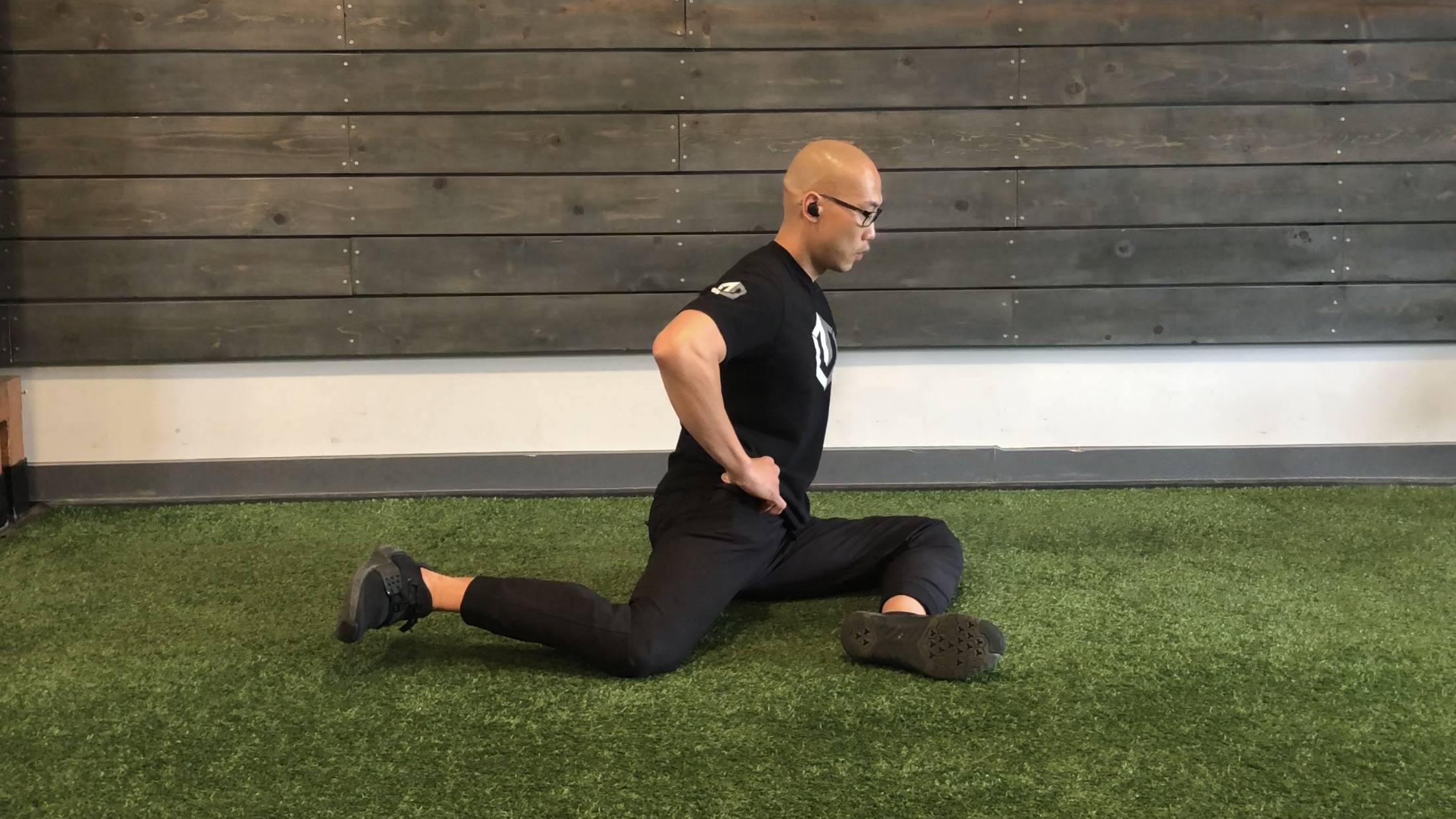A speech-language pathologist can treat a wide range of communication disorders. Studies show that speech therapy is most effective when it’s started early and involves the whole family.

Swallowing disorders, or dysphagia, can cause food to get stuck in the throat or mouth, which leads to choking or breathing problems. SLPs can help people with dysphagia practice swallowing exercises and learn other ways to communicate. Visit https://www.mychildstherapy.com/ to learn more.
A person may need speech therapy to improve the way he or she speaks, the words he or she says, or how well other people understand those words. A therapist works with each individual to develop exercises and techniques that address specific problems. These exercises can be done one-on-one or in small groups. They can last from a few months to a few years. Therapy is most effective when it starts early and continues on a regular basis. It is also helpful if parents or other family members participate in therapy sessions.
Speech-language pathologists (SLPs) provide assessment, diagnosis and treatment of communication disorders and swallowing difficulties in infants, children, adults and seniors. They work in hospitals, clinics, schools, private practice and other community settings. Some SLPs have special expertise in treating childhood articulation and phonological disorders, apraxia of speech, stuttering, voice and resonance disorders and swallowing impairments due to neurological disease or injury like stroke.
In addition to improving the quality of speech, language and swallowing, SLPs can help people manage the social impact of their difficulties and enhance their overall wellbeing. They can train people in techniques that can be used to compensate for limitations caused by a condition or illness, such as using visual cues, speech-generating devices, communication partners and other strategies.
Generally, the earlier speech and language therapy is started, the more successful it tends to be. Kids who start therapy in kindergarten or elementary school make the most progress. In adults, it depends on the severity of the disorder and how long it has been present. Most statutory health insurers cover speech therapy for those who need it.
To become a speech-language pathologist, you need a bachelor’s degree in a related field and a master’s degree from an accredited program. You need a state license to practice as a speech-language pathologist and you must earn a Certificate of Clinical Competence in Speech-Language Pathology (CCC-SLP). A CCC-SLP is proof that you have the skills necessary to assess, diagnose and treat communication and swallowing disorders. You must also complete supervised clinical experience and pass a national exam.
Aphasia
A stroke or other brain injury can leave people with aphasia, which impairs their ability to speak and understand spoken language. It can also affect their writing and reading skills, as well as their ability to express themselves in other ways. A person with aphasia may feel isolated or lonely because of their difficulties communicating with others.
Speech therapy for aphasia can help reduce symptoms of the condition. The type of therapy will vary depending on the severity of aphasia and its cause. For example, someone with a stroke will require different treatment than someone who suffered a traumatic head injury. Some therapies focus on relearning lost linguistic abilities, while others concentrate more on compensatory strategies that allow for communication in pragmatically realistic settings.
There are two main types of aphasia: expressive and global. Expressive aphasia results from damage to parts of the brain that control speech production, such as Broca’s area. It’s the most common type of aphasia, and it’s usually associated with having trouble expressing ideas in speech or writing.
Receptive aphasia, or Wernicke aphasia, is caused by damage to the part of the brain that controls comprehension and word retrieval. It leaves a person with aphasia unable to understand spoken words or phrases, even when they are repeated.
People with receptive aphasia often find that writing and drawing can be an effective way to communicate, especially if they use large letters and keep sentences short and simple. Other techniques include using visual cues, such as pictures or charts. It’s also important to avoid rushing or pressuring a loved one with aphasia to respond. Doing so could make them frustrated or anxious, which can affect their ability to communicate.
Lastly, a therapist may suggest group therapy with other people who have aphasia or stroke, as this can be very supportive and encourage the use of alternate methods for communication. This may also include the use of gestures, music, or communication charts—large grids filled with letters, words and pictures.
Speech therapy is a powerful tool for improving your ability to speak, read and write. If you’re experiencing difficulty, it’s important to see a qualified SLT as soon as possible. Your GP should be able to refer you for SLT through a community rehabilitation team, or after a stroke, an early supported discharge service.
Stuttering
Stuttering is a disorder that causes interruptions in the normal flow of speech. It is characterized by repeated sounds, syllables or words; blockages (stuttering stops) or prolongations of sounds; and disfluencies (stuttering hesitations, repetitions and filler words). Stuttering can be mild, moderate or severe. Children may outgrow it or it can persist throughout adulthood.
Treatment for stuttering focuses on changing the way a person talks to reduce these interruptions and disfluencies. This is usually done through speech therapy, although there are some electronic devices that may help people who stutter. The type of stuttering and its severity determine what techniques are used. A therapist will also work with the person who stutters to face speaking situations that are fearful or anxious and learn new strategies for coping with them.
Children who stutter are often dissatisfied with their speech, leading to a variety of behavioral responses. This can include avoiding talking or avoidance of certain topics, negative attitudes about the stuttering, and physical tension in the mouth and shoulders.
Parents can help their child by being positive and supportive, allowing the child to speak freely, listening attentively (without interrupting), reducing time pressures and avoiding “corrections” or other efforts to make the speech sound perfect. A speech-language pathologist can provide specific recommendations for families.
Some people who stutter become frustrated with their stuttering and develop other problems, such as depression or anxiety. They may also avoid certain speaking situations because they are nervous or afraid of embarrassment or rejection. Treatment for stuttering includes counseling and teaching communication skills to improve the quality of life, build confidence and promote self-esteem.
Research into stuttering is ongoing, and there are many innovative techniques being utilized in speech therapy. Scientists are also investigating the relationship between stuttering and brain anatomy and function. Some people who stutter may consider participating in an experimental program that involves wearing a headset to record and monitor their brain activity. These studies could lead to better understanding of the cause of stuttering and develop more effective therapies. More information about stuttering is available on the Practice Portal’s Fluency Disorders page and from the Stuttering Association of America (SAA). There are also a number of support groups that offer people who stutter a chance to talk about their experiences with others who stutter.
Swallowing
Swallowing disorders occur when a person cannot move food or liquid from their mouth to their stomach, or when they can’t chew and swallow foods in the proper sequence. These problems often lead to choking or coughing during and after meals, taking longer than normal to eat, weight loss, dehydration and frequent pneumonia. Our speech-language pathologists, also known as SLPs, use a variety of methods to help patients regain their ability to eat and drink.
They may teach tongue and mouth exercises that strengthen the muscles used for speaking and swallowing. They can also recommend special exercises to reduce swallowing problems caused by a stroke, head injury or medical conditions like Parkinson’s disease or throat cancer.
A speech-language pathologist can also provide strategies for people who have trouble understanding what others are saying or how to respond to them. They can recommend communication aids and teach family members how to best help their loved one.
Some people with speech and swallowing difficulties need long-term treatment. Your doctor can explain how long you will need therapy and the best way to proceed.
In addition to working with patients, SLPs can collaborate with other health care professionals, such as otolaryngologists (ear, nose and throat doctors), neurologists and gastroenterologists, to manage your condition. They can also refer you to other healthcare specialists for additional evaluations or treatments.
Speech-language pathologists are highly educated in the study of human communication and its development, and how to diagnose and treat disorders. They are certified by the Speech-Language-Hearing Association External link and licensed by state agencies to practice in their field.




